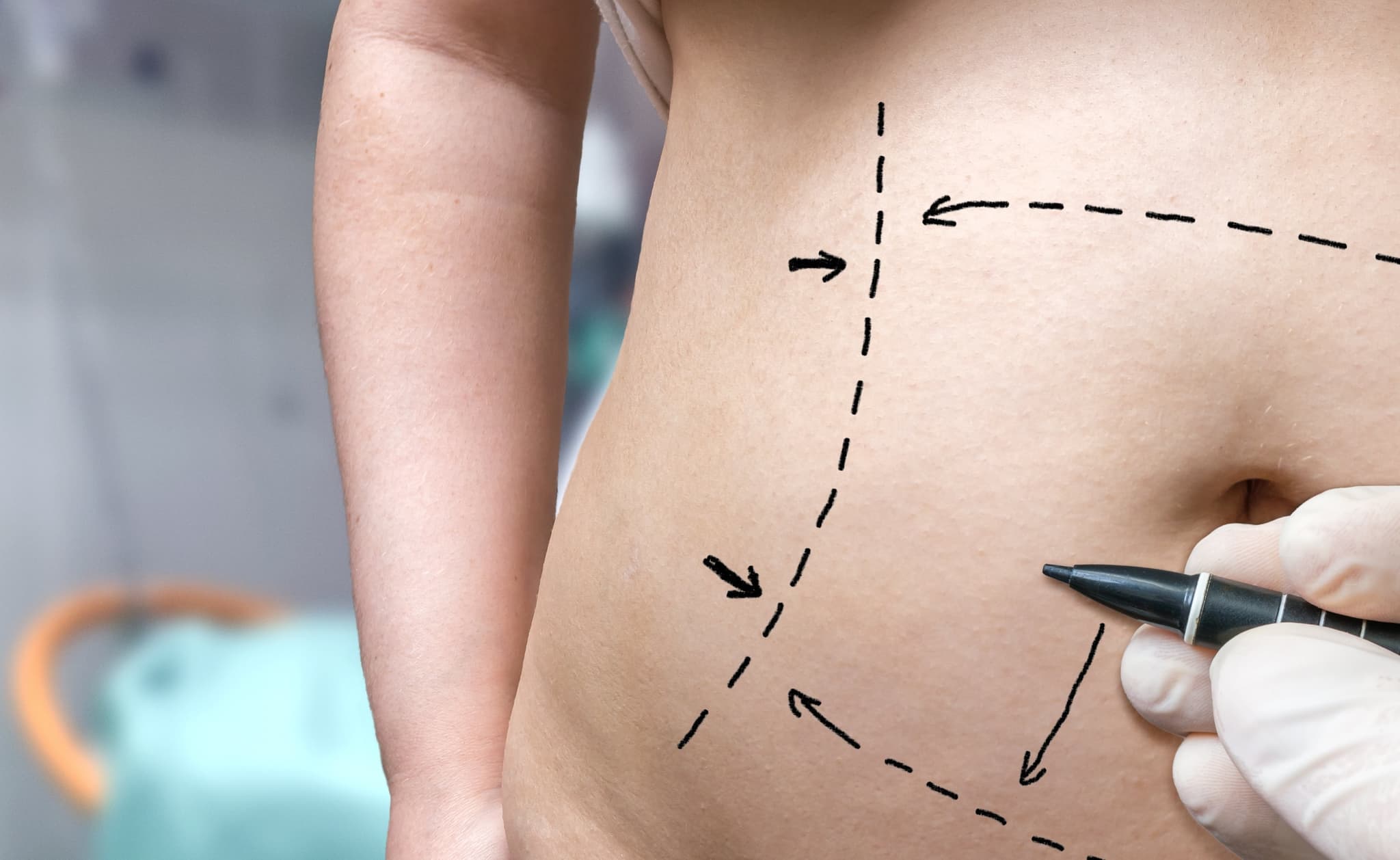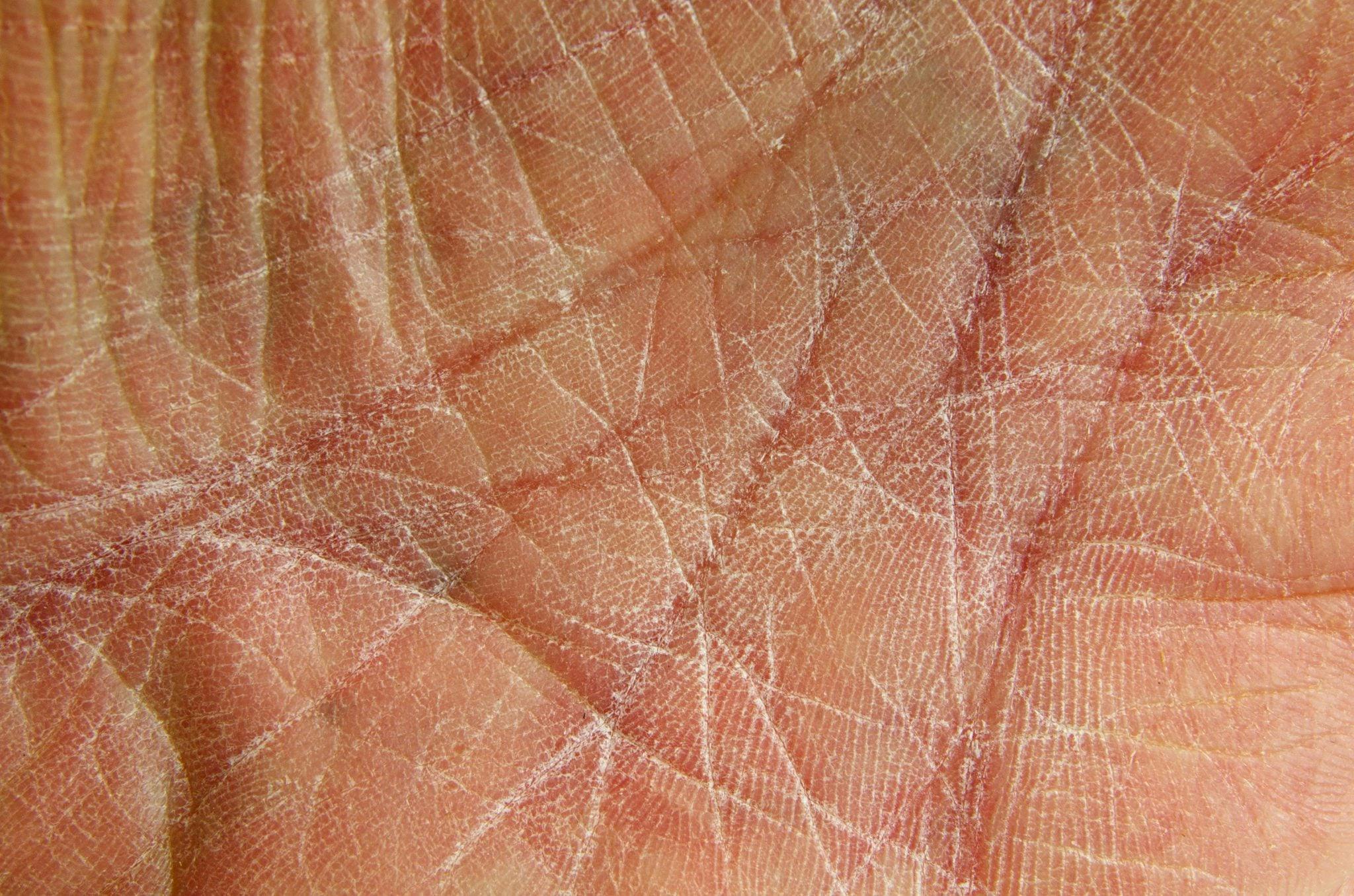
2018-10-03T09:37:12
What are the Risks of Uncontrolled Medical Conditions During Plastic Surgery?
- Plastic and Reconstructive Surgery
- Value-Based Care
September 5, 2017 | Plastic and Reconstructive Surgery

While anyone who has lost a significant amount of weight should be thrilled with their success, that often isn’t the end of the transformation process. Losing over 100 pounds often leaves people with loose, heavy folds of skin.
Several types of plastic surgery can remove this extra skin while also improving the shape and tone all over the body. Here’s a look at a few options and how to know if you might be a good candidate.
If you fall under each of the following categories, you are likely a good candidate for plastic surgery following weight loss:
Now, let’s look at three of the most common procedures after weight loss.
Also called a body lift, this is one of the most common procedures following weight loss surgery. For people who keep their weight stable, body contouring will produce long-lasting results. Steps include:
You may lose part of the natural firmness of this procedure with age, but otherwise, it’s fairly permanent. There are a few risks and complications involved, including:
These complications are more likely to occur the higher your body mass index is. Your surgeon will discuss these risks and benefits with you—most people find successful results.
A tummy tuck, also called abdominoplasty, can be part of body lift surgery. If things like diet, exercise and weight loss have failed to achieve the desired results, a tummy tuck can help flatten the stomach. Liposuction may be part of a tummy tuck, but they are not the same.
Steps of a tummy tuck usually go as follows:
Tummy tucks result in scarring, but these will fade to some degree over time. Tummy tucks lead to a firmer, flatter abdomen.
For sagging breasts, a breast lift helps lift, firm and reshape. Your surgeon will remove excess skin and tissue from the breast, repositioning the nipple higher on the chest. In some cases, this will include breast implants to improve overall shape. Breast lifts may require a touch-up procedure in some cases.
To learn more about surgeries following weight loss and whether they might be right for you, speak to your plastic surgeon.
“Plastic Surgery After Weight Loss.” WebMD. http://www.webmd.com/beauty/plastic-surgery-after-weight-loss#1
“Body Contouring After Major Weight Loss.” American Society of Plastic Surgeons. https://www.plasticsurgery.org/cosmetic-procedures/body-contouring
WRITTEN BY:
The Live Better Team


2018-10-03T09:37:12

2017-09-19T11:00:59

2017-09-11T10:40:36

2017-08-29T14:42:47
This information is not intended to replace the advice of a medical professional. You should always consult your doctor before making decisions about your health.